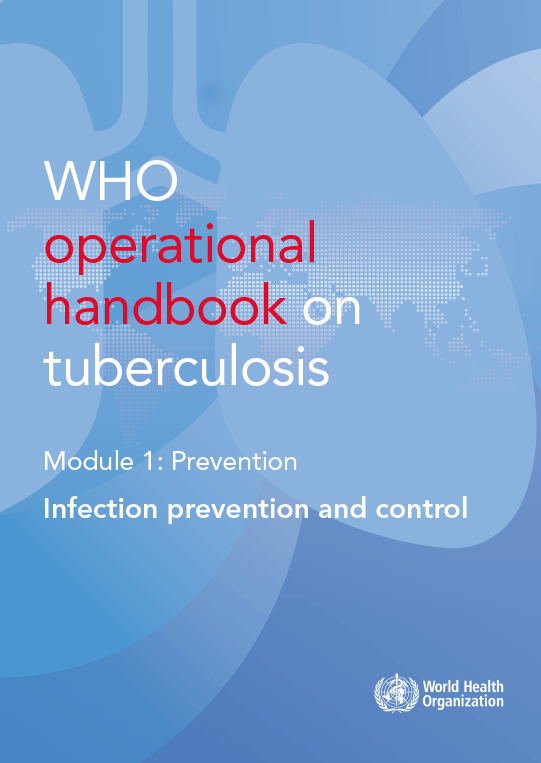Note: Unless otherwise specified, the definitions listed below apply to the terms as used in this handbook. They may have different meanings in other contexts.
Airborne Mycobacterium tuberculosis transmission: Spread of aerosolized M. tuberculosis caused by the dissemination of infectious respiratory particles when suspended in air over long distances and time.¹
Air changes per hour (ACH): The number of times that the total air volume in a room or space is completely removed and replaced in an hour.

 Feedback
Feedback

